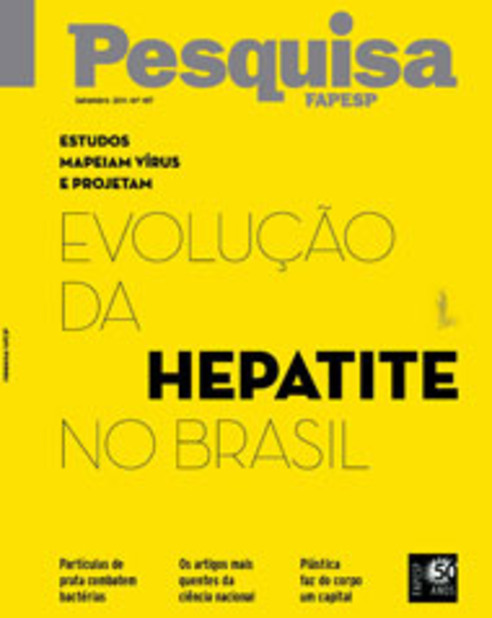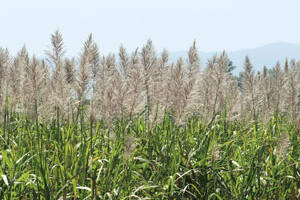Issue # 187 _ September 2011
S&T Policy
FAPESP'S History IV
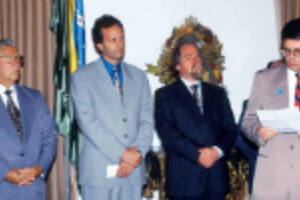
Science in companies
FAPESP's strategy has influenced the landscape of innovation in Brazil
By Fabrício MarquesScientific production
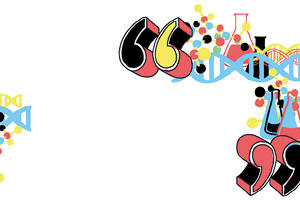
Brazil's "hot" articles
Study indicates the themes in which Brazilian science has achieved international visibility
By Fabrício MarquesChris Somerville
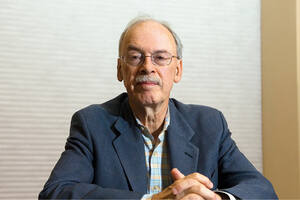
Christopher Roland Somerville: Alternatives under development
Universities, companies and government take joint action to make biofuels
By Carlos FioravantiScience
International Year of Chemistry

Flavors and perfumes
Sweet, bitter and smelly compounds are the main characters in the story
By Maria GuimarãesNutrition

The dangers of fasting
Staying a long time without eating may cause serious imbalances in the organism
By Carlos FioravantiEcology

Mobile nurseries
Fish reproduce and raise the young in specific parts of mangrove swamps
By Carlos FioravantiFractals
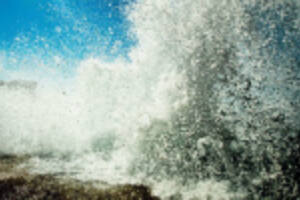
Jagged coastlines
Physicists try to explain why coastlines vary so much
By Igor ZolnerkevicPhysics
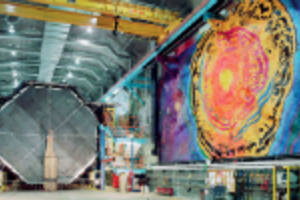
Rather similar
Neutrinos and antineutrinos actually seem to have the same mass
By Marcos PivettaTechnology
Chemistry

Separation agents
Sustainable solvents dissolve pulp and can be widely used in industry
By Evanildo da SilveiraComputer science

Contact of the third degree
Digital platform improves the relationship of the users with the Internet
By Yuri VasconcelosDermatology
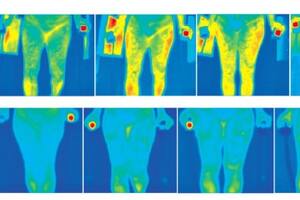
A double dose of stimulation
Physical exercise, associated with LEDs, improves the health of post-menopausal women
By Dinorah ErenoAgriculture
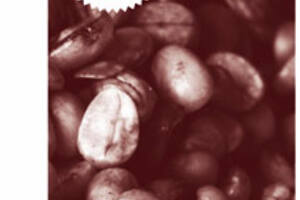
Long live the difference
Advances in the selection of coffees with unique flavors or aromas
By Carlos FioravantiNanotechnology

Innovation on a small scale
Nanoparticles fight microorganisms and improve the efficiency of adhesives
By Marcos de OliveiraHumanities
Culture

Less perspiration and more inspiration
The creative economy may be the new way of change in the profile of production in cities
By Carla Rodrigues
